Melt Your Fat Away
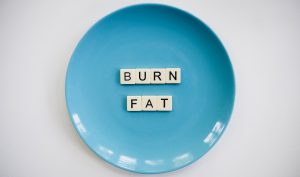 People come to Next Level Fitness in Irvine, CA, for many reasons. One of the most frequently seen is the desire to eliminate fat and build muscle. There are proven exercises and dietary changes that will help you melt fat fast. That doesn’t mean it won’t take effort, because it will, but you’ll love the results. You’ll build muscle tissue as you burn fat and boost your metabolism in the process. Here are some fat-burning ideas to get you started.
People come to Next Level Fitness in Irvine, CA, for many reasons. One of the most frequently seen is the desire to eliminate fat and build muscle. There are proven exercises and dietary changes that will help you melt fat fast. That doesn’t mean it won’t take effort, because it will, but you’ll love the results. You’ll build muscle tissue as you burn fat and boost your metabolism in the process. Here are some fat-burning ideas to get you started.
Include HIIT workouts.
A HIIT workout is not a specific exercise but a way of doing any exercise. It’s all about alternating the intensity from high intensity to a recovery pace. HIIT workouts build cardio strength as they burn tons of fat. You can use this technique with strength-building exercises, too. It burns extra calories that come from breaking down fat, not muscle, and burns extra calories after you stop due to afterburn. You’ll burn as much as 15% more calories.
Your diet plays a vital role in fat burning.
To lose fat, you have to lose weight or change the fat into muscle. HIIT workouts build muscle and eliminate fat but adding a healthy diet is also vital. If you consume 3500 calories more than you burn, you’ll gain a pound. In many cases, that pound is fat. Including fruits and vegetables in your diet is vital, but so is including adequate protein and healthy fat. Healthy fat helps burn body fat and protein builds muscle tissue. Both keep you feeling full longer. Doing strength training while cutting calories can help maintain muscle tissue while burning fat.
It’s not just diet and exercise that counts.
If you don’t get enough sleep or stay hydrated, you’ll be less active and less prone to workout. That is just one problem caused by both. If you don’t get enough sleep, your body increases the amount of ghrelin, the hunger hormone, it makes and diminishes the amount of leptin, the satiety hormone. That keeps you hungrier, so you cave to temptation. Thirst is often mistaken for hunger, so dehydration can cause you to eat more.
- Do some heavy lifting to build muscles as you burn fat. The more muscles you have, the more calories you need to maintain them. Burning those extra calories can cause you to lose more fat.
- Increase your exercise to boost the creation of irisin. The body has white and brown fat. Brown fat burns more calories. Irisin turns white fat to brown fat, increasing calorie burning by 20%.
- Compound exercises burn more calories than isolation exercises. Compound exercises like lunges and squats work more muscles and joints. It also boosts the creation of nitric oxide, which can lower blood pressure.
- Ditch the soft drinks, including diet drinks. Traditional soft drinks are high in sugar. Recent studies show diet drinks increase waist circumference size. In other words, it increases belly fat.
For more information, contact us today at Next Level Fitness

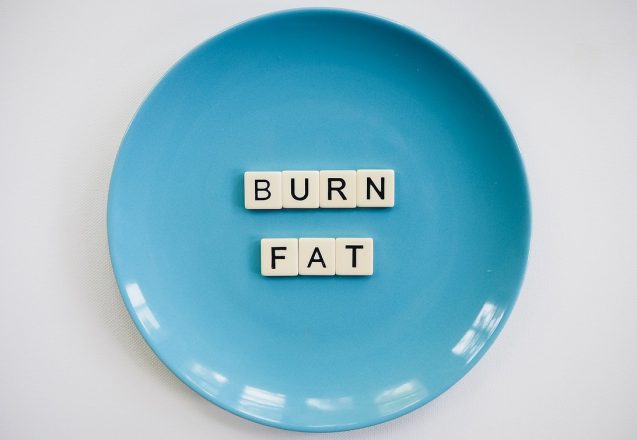
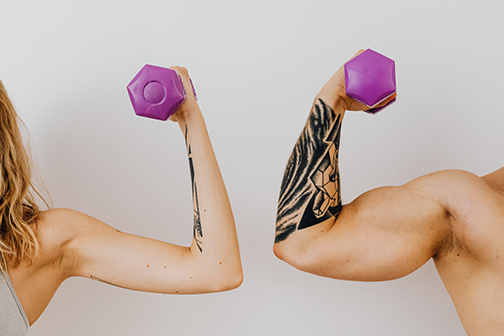
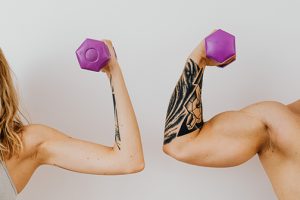 It’s a great time to start toning your arms. They’ll look fantastic by spring and enviable by summer. Nobody wants flabby arms or skinny ones, regardless of gender. Here are exercises to build muscles. They’ll tone or build, depending on your goals. The difference is if you push your muscles to failure, the amount of weight you lift, the number of reps, and the number of calories you eat. If you want to build muscle tissue, you have to eat more protein calories.
It’s a great time to start toning your arms. They’ll look fantastic by spring and enviable by summer. Nobody wants flabby arms or skinny ones, regardless of gender. Here are exercises to build muscles. They’ll tone or build, depending on your goals. The difference is if you push your muscles to failure, the amount of weight you lift, the number of reps, and the number of calories you eat. If you want to build muscle tissue, you have to eat more protein calories.
 One of the biggest problems people face with intense focus on their fitness goals is not including rest days. Rest days may sound like you lay on the couch on those days, but it isn’t what you do. Instead, you engage in recovery activities like walking or moderate biking. You’re doing your muscles and fitness program a service when you take a day or two from intense exercise.
One of the biggest problems people face with intense focus on their fitness goals is not including rest days. Rest days may sound like you lay on the couch on those days, but it isn’t what you do. Instead, you engage in recovery activities like walking or moderate biking. You’re doing your muscles and fitness program a service when you take a day or two from intense exercise.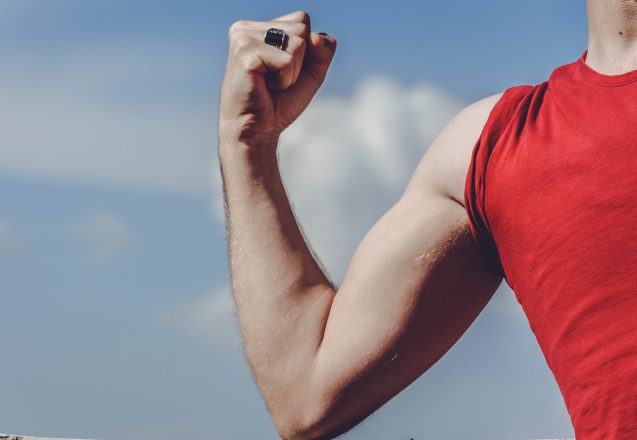
 Muscle growth increases muscle size, boosts strength, and tones the muscles. It’s an integral part of all fitness programs, including endurance goals. Some muscle growth exercises build strength and other exercises increase muscle size. Both types of exercises are part of a well-rounded program. No matter what your goal, all muscle growth starts in the kitchen with a well-rounded diet that has increased protein. The increase in protein provides the materials to build muscles.
Muscle growth increases muscle size, boosts strength, and tones the muscles. It’s an integral part of all fitness programs, including endurance goals. Some muscle growth exercises build strength and other exercises increase muscle size. Both types of exercises are part of a well-rounded program. No matter what your goal, all muscle growth starts in the kitchen with a well-rounded diet that has increased protein. The increase in protein provides the materials to build muscles.
 After the holidays and the new year begins, many people in Irvine, CA, face the consequences of months of consuming too much food. Others want to get healthier and start on a path to a better lifestyle. It’s when everyone creates fitness goals that often fizzle out in a few months, weeks, or days. Don’t give up. You can make your goals come true in 2024 and see success by making a few changes.
After the holidays and the new year begins, many people in Irvine, CA, face the consequences of months of consuming too much food. Others want to get healthier and start on a path to a better lifestyle. It’s when everyone creates fitness goals that often fizzle out in a few months, weeks, or days. Don’t give up. You can make your goals come true in 2024 and see success by making a few changes.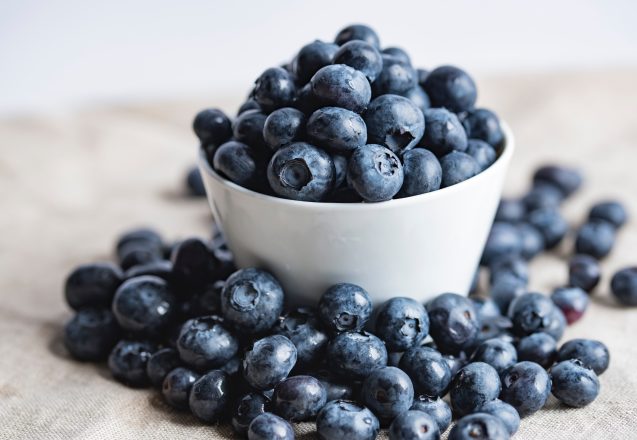
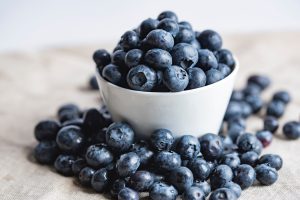 So many unhealthy foods taste delicious that it’s easy to understand why the average American diet is so unhealthy. The salt, sugar, and fat in the food trigger a reaction that makes you feel good and crave even more. You can eat tasty foods without ruining your health, but you must make smarter decisions. You’ll also go through a certain amount of withdrawal from the sugar, salt, and fat. Once you conquer that, you’ll be amazed at how delicious healthy food can be.
So many unhealthy foods taste delicious that it’s easy to understand why the average American diet is so unhealthy. The salt, sugar, and fat in the food trigger a reaction that makes you feel good and crave even more. You can eat tasty foods without ruining your health, but you must make smarter decisions. You’ll also go through a certain amount of withdrawal from the sugar, salt, and fat. Once you conquer that, you’ll be amazed at how delicious healthy food can be.
 Starting the day eating healthy breakfasts without bread can help you lose weight. In Irvine, CA, many people are turning to creative options that keep you full longer yet are far healthier than their counterparts containing bread. Instead of toast, why not opt for sweet potato toast instead. Top it with homemade cashew spread and berries or spread mashed avocado and top it with an egg for the perfect healthy breakfast that keeps you full longer.
Starting the day eating healthy breakfasts without bread can help you lose weight. In Irvine, CA, many people are turning to creative options that keep you full longer yet are far healthier than their counterparts containing bread. Instead of toast, why not opt for sweet potato toast instead. Top it with homemade cashew spread and berries or spread mashed avocado and top it with an egg for the perfect healthy breakfast that keeps you full longer.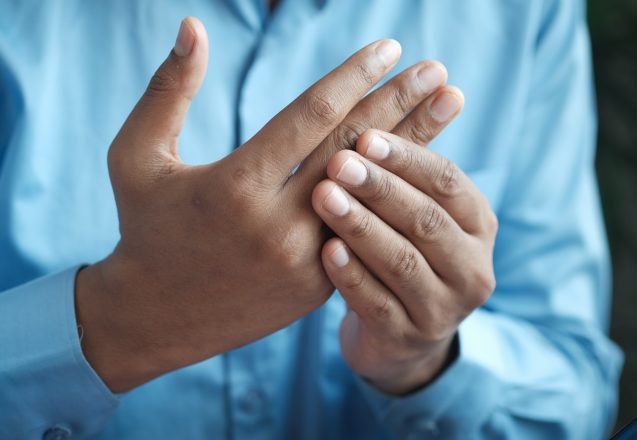
 The more we know about the body and how it works, the more we realize that not all old wives’ tales were wrong. Maybe the lore behind eating certain foods was inaccurate, but the biochemicals in the food did help. You can improve cholesterol levels, lower blood pressure, and more by changing your diet. One amazing discovery is the ability to combat arthritis pain by including certain types of food.
The more we know about the body and how it works, the more we realize that not all old wives’ tales were wrong. Maybe the lore behind eating certain foods was inaccurate, but the biochemicals in the food did help. You can improve cholesterol levels, lower blood pressure, and more by changing your diet. One amazing discovery is the ability to combat arthritis pain by including certain types of food.
 Many people in Irvine, CA, noticed a few negative changes occurring with weight loss. Hair loss was one of those problems. Unless there’s a health issue causing the weight loss, you aren’t destined to lose your hair or have other negative side effects. It’s all about how you lose the weight. Rapid weight loss causes acute telogen effluvium—TE. It starts after three months of rapid weight loss or other trauma that causes stress or shock to the body. It can occur due to nutritional deficiencies caused by restrictive diets but usually lasts only 6 months or less.
Many people in Irvine, CA, noticed a few negative changes occurring with weight loss. Hair loss was one of those problems. Unless there’s a health issue causing the weight loss, you aren’t destined to lose your hair or have other negative side effects. It’s all about how you lose the weight. Rapid weight loss causes acute telogen effluvium—TE. It starts after three months of rapid weight loss or other trauma that causes stress or shock to the body. It can occur due to nutritional deficiencies caused by restrictive diets but usually lasts only 6 months or less.
 Most people who are dieting look for options that satisfy their urge for sweets. Grapes can do that and even help you lose weight. They contain no fat, are high in fiber, and contain numerous nutrients. Those nutrients include copper, vitamins K, B1, B2, B6, C, and E, potassium, and manganese. A whole cup of grapes is only 104 calories.
Most people who are dieting look for options that satisfy their urge for sweets. Grapes can do that and even help you lose weight. They contain no fat, are high in fiber, and contain numerous nutrients. Those nutrients include copper, vitamins K, B1, B2, B6, C, and E, potassium, and manganese. A whole cup of grapes is only 104 calories.